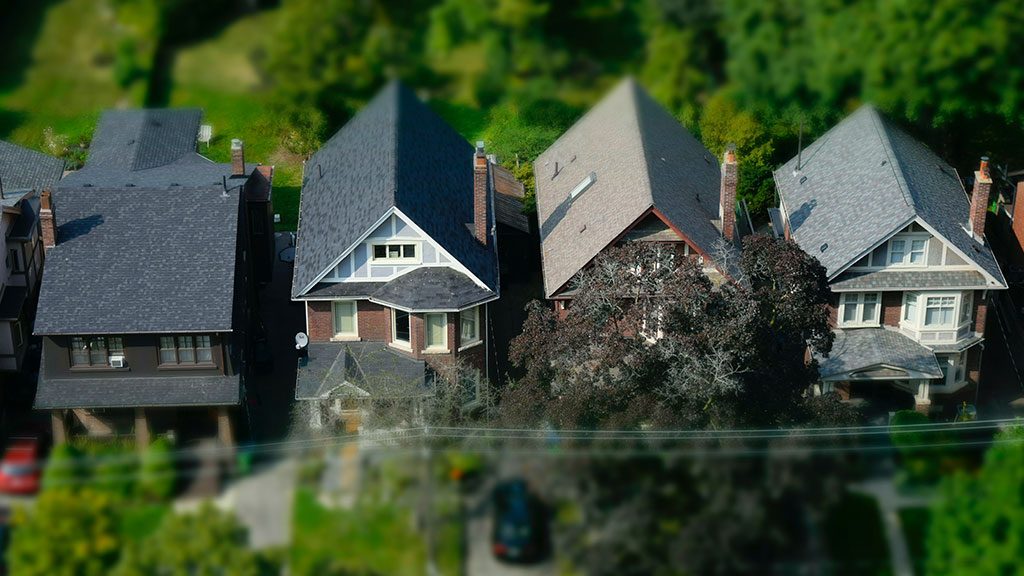Built Green Canada has announced a pilot project called the High Density (HD) Renovation Program, aimed at what the organization believes are dual challenges facing home ownership in Canada.
The organization says the increased cost of housing in urban markets is forcing a growing number of first-time buyers towards multi-family units as an affordable option, whether renting or owning. Meanwhile, many current, single-family homeowners can’t afford to move up and are simply staying put, reducing available housing supply, thus forcing prices even higher.
Built Green Canada hopes the program will help address this by encouraging owners to repurpose existing high-density buildings in order to increase housing supply while at the same time meeting the increased consumer expectations for improved energy efficiency.
Strategic Group, a private property owner, manager and developer based in Calgary, has been quick to sign up four renovation projects in Alberta to the pilot project. One that is drawing considerable attention is the company’s office-to-residential conversion of the Barron Building in downtown Calgary. The iconic, 12-storey building was the city’s first high-rise when it opened in 1951. The 85,223-square-foot office building is being repurposed into a mixed-use space with retail and 94 rental residences. The building’s art deco-styled exterior will be preserved while modern residences are built inside.
In addition to the four projects in Calgary and Edmonton enrolled in the HD pilot project, Strategic Group also has two new-build projects enrolled in Built Green’s High Density New Construction program.
These commitments reflect the company’s strategy of improving energy efficiency in its properties.
“The high-density renovation program offers the consistency and clarity that Built Green’s other programs have around process, areas of focus and options available,” says Riaz Mamdani, Strategic Group CEO. “Our leadership in office-to-residential repurposing is grounded in an appreciation for environmental sustainability in addition to the economic, business and community benefits we realize with this strategy.”
“There is a huge opportunity to reduce greenhouse gas emissions and strengthen the economy through energy-efficient retrofits of older homes and buildings in Canada,” Built Green Canada states. The organization cites a study by Canada Mortgage & Housing Corporation stating that older homes are the source of significantly more greenhouse gas emissions than newer homes.
The High Density Renovation Program offers building owners a pathway to renovate high-density and high-density, mixed-use buildings with a more sustainable outcome.
“A Built Green certified renovation benefits not only the environment but also the owners and occupants who will enjoy a healthier, more durable, and more affordable home through a reduction in the operating and maintenance costs,” the organization states.
Built Green Canada has gained increased recognition beyond its Western Canadian roots for its industry-driven sustainability certification program. More than 33,000 Built Green-certified residential buildings have been built across Canada. Developing a program focused on the country’s inventory of existing buildings is a logical continuation.
The High Density Renovation Program maintains the same seven categories as other Built Green programs: energy efficiency, materials and methods, indoor air quality, ventilation, waste management, water conservation and business practices.
“Considerable time was spent contemplating how energy performance improvements would be quantified, given the multiple scenarios that renovations may present. We’re keen to work closely with industry to ensure we have guidelines that are appropriate, relevant, and fair,” says Built Green Canada CEO Jenifer Christenson.
Christenson welcomes the further participation and input from industry in the pilot project.
“We are very keen for industry input and look forward to additional high-density renovation projects to be enrolled and certified through our third-party certification program during this pilot phase and beyond,” she says. “We know that those on the ground who are doing the work have tremendous first-hand experience to share, and it is this, in part, that keeps our programs practical, achievable, and relevant to industry and increasingly to buyers and renters.”







Recent Comments